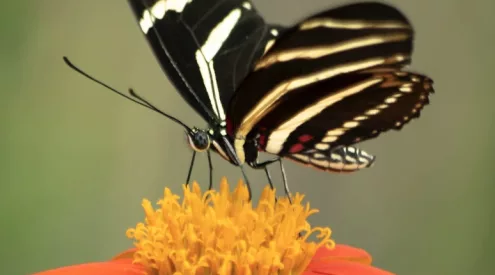In 1932, two tired hunters stopped at a small village just south of the Limpopo River seeking water and shade. An old man came out of his hut to assist them, pouring water into drinking bowls from a strange jug which looked nothing like the usual pottery the men were used to seeing in the area. Intrigued, they asked the old man, who gave his name as Mowena, how he had acquired the jug, and when Mowena refused to say, they offered to buy it off him with some silver coins they happened to have with them at the time.
Despite much haggling and debate, Mowena refused to part with the jug or to tell the hunters where he had found it. When they continued to press him, he would say only that it had come from an ancient place, sacred to his ancestors and it would anger them if he revealed the location.
Unfortunately for Mowena, his cousin was more inclined to the silver and less to his ancestors, and taking the money, he led the two hunters to a large, steep-sided rocky hill not much more than a kilometre from the banks of the Orange River. Even he, however, stopped a good distance short, pointing the men the last few hundred metres to their destination.
So the discovery of Mapungubwe was made, and when they began exploring the site in more detail, they soon unearthed a treasure-trove of pottery, glass and egg-shell beads, and, unique to any sites so far discovered in the area, gold.
It is not known how much of the original findings were taken without record, but soon news of the discovery spread to academics from the University of Pretoria. Recognising the importance of the site, the university moved in to protect the ruins from further plunder, purchasing the entire area from its private owners. To this day, the bulk of the artefacts found at the site are housed at the university, though steps are currently underway to return some of the finds to a new museum that has been constructed nearby, within the bounds of the national park which has now also become a World Heritage in recognition of the importance it has in shedding light on the earliest civilisations to have lived and prospered in southern Africa.
In fact Mapungubwe is now thought to be the site of the earliest known Southern African kingdom, for though other even older sites have been found in the vicinity, Mapungubwe shows clear indications of sophisticated class distinctions within the culture who lived there, with a more powerful ruling class occupying the hill top and lower classes residing in less grandiose style in the valley below.
Mapungubwe was occupied for only 70 years from 1220 to 1290. It is believed that the people of Mapungubwe arrived from another site, known as K2, which lies approximately one kilometre distant. Why they moved in the first place, and what caused them to move on, is unclear, but it seems that flooding from the nearby Limpopo River, drought and possibly disease may all have played some role. No weapons beyond hunting arrow-heads have ever been found at any of the sites in the area so war does not seem to have played a role.
It is also thought that the inhabitants of the area had very strict beliefs concerning bad omens and evil spirits. If evil was said to have entered a dwelling, it would be ceremonially raised to the ground. Only when a new dwelling was erected and sanctified in its place would the spirits be banished and the dwelling again fit for habitation. This may also have had something to do with the abandonment of whole cities though there is no direct evidence for this.
At its peak, Mapungubwe was home to about 5000 people, 50 of whom seem to have been from the ruling class who lived on the hill top itself. There is evidence that they traded gold for ceramic pottery with distant merchants on the east African coast, with some items possibly coming from as far away as the far east via trading vessels across the Indian Ocean.
The most spectacular items found on the site were a ceremonial sceptre and a golden rhino statuette. The latter, though not solid, is of very fine workmanship with a wooden centre plated on the outside in pure gold. The golden rhino has since become the symbol of Mapungubwe, and it remains the only site in the area were golden artefacts have been recovered.
When Mapungubwe was abandoned in 1290 for reasons unknown, the inhabitants seem to have dispersed widely throughout the region. By tracing the designs on pottery in later sites, and even to those used in the present day, it is possible to see Mapungubwe as the parent civilization of many of the tribes still living in this part of the world today. The founding of Great Zimbabwe began around this time, probably by some of the descendants of Mapungubwe, and today the Venda, Shona and Sisutu all claim Mapungubwe as the site of their ancestral home.

















